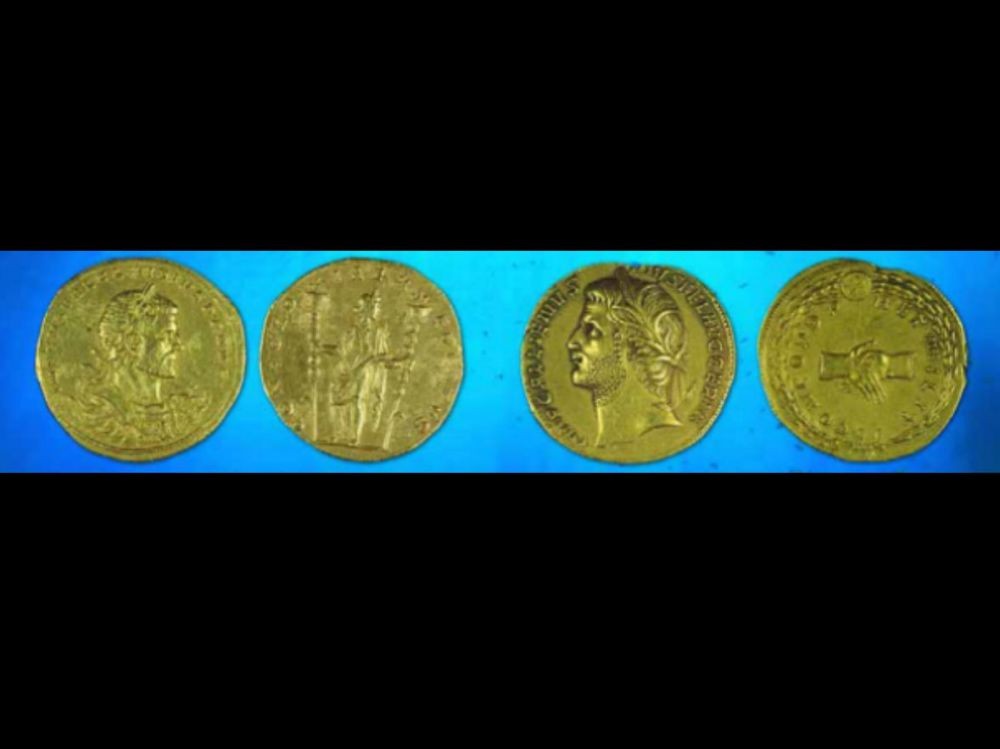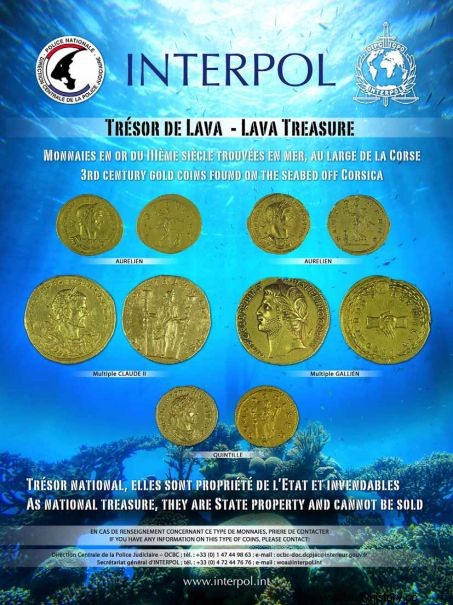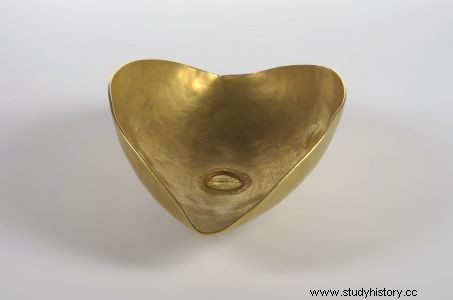The recent dismantling of arms trafficking in the Isle of Beauty masked another case linked to the looting of the fabulous Roman treasure of Lava!

Ancient gold coins from the fabulous treasure of Lava, in Corsica.
It's a real whodunnit storyline! The arrest at the beginning of March 2017 of arms traffickers in Bastia (Haute-Corse), as they were preparing to leave the island for Italy, brought to light a completely different case. That of the looting of the fabulous treasure of Lava, named after the gulf located between the tip of Capo di Feno and that of Pelusella, north of Ajaccio (South Corsica). What our colleagues from the daily Le Parisien say in their edition of March 11, 2017. In the past, Sciences et Avenir had already been interested in this incredible story (n° 773 ). A dive into troubled waters mixing gold coins of inestimable value – each one is valued between 20,000 and 700,000 euros –, looting and all kinds of trafficking – including that of weapons as these recent arrests have just proven! /P>
Lava's booty is indeed one of the most incredible treasures ever found in France. The gold coins that make it up were all minted between 262 and 272 AD, under the reigns of the emperors Galen, Claudius II known as the Gothic, Quintille and Aurelian. While the first coins had already been found in 1956, it was in 1986 that their story really broke out, when a “multiple” of Galen (gold coin) was sold, during a sale to auction in Monte Carlo! Alerted, the services of the Department of Underwater and Underwater Archaeological Research (Drassm) had then learned that they came from… the bottom of the sea, and therefore from the national maritime domain. The judicial inquiry opened in the process had thus made it possible to understand how a simple fishing between friendly divers in the Gulf of Lava, had transformed over the decades into a real treasure hunt. Hundreds of gold objects and coins were thus illegally recovered to be sold under the cloak to collectors. According to some estimates, 600 of them would have been sold in this way. The specialists rather evoke the number of 1400.

The Interpol search form for Roman gold coins from the Lava treasury, in Corsica, and their non-transferability as property of the French State. ©Interpol
In 2010, noting that ancient gold coins from Lava continued to circulate, the State services filed a new complaint. The National Judicial Customs Service (SNDJ) and the Central Office for the Fight against Trafficking in Cultural Property (OCBC) then seized a solid gold dish valued at several million euros.

Solid gold dish from the Roman treasure of Lava, seized by customs. ©Stéphane Cavillon / Ministry of Culture/ Drassm
Known since 1992 thanks to a photo, it had never been found. Since its recovery, this unique piece from the 3rd century AD has been kept in a safe. However, it can currently be admired at the Marseille History Museum as part of the anniversary exhibition of the Fiftieth Anniversary of the Drassm "Memory at the Sea". In this rebounding affair, this is another piece of information confirmed by archaeologist Michel L'Hour, the director of Drassm. According to him, a statue of 30kg of gold was also under water! “Without doubt one of the greatest treasures of Roman antiquity lost forever. We know it was cut to resell “, explained saddened Michel L’Hour, joined by Sciences et Avenir.
The people arrested in Bastia in early March, were preparing to travel to Asia from Italy, to sell 16 Lava gold coins, which they had hidden in ink pads, to then buy weapons and import them in Europe.
